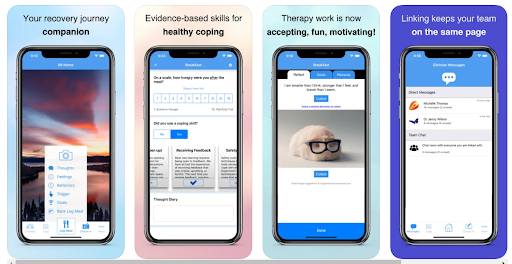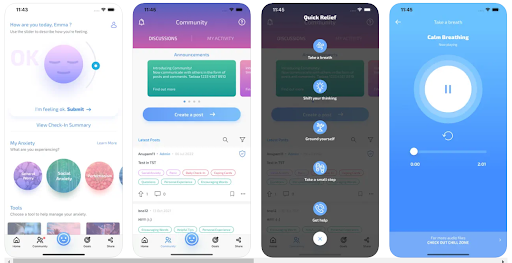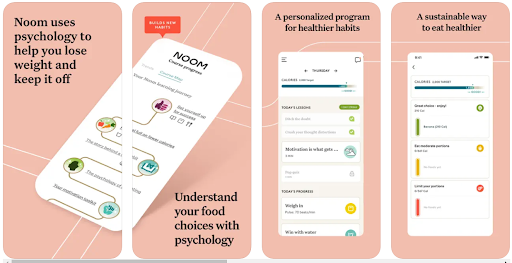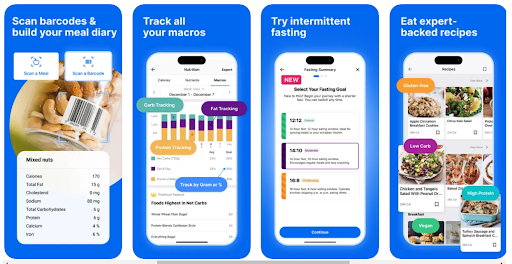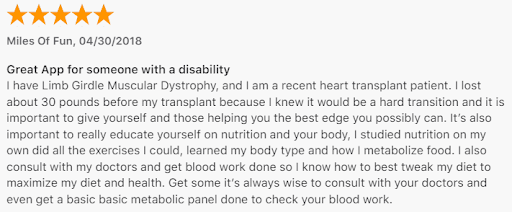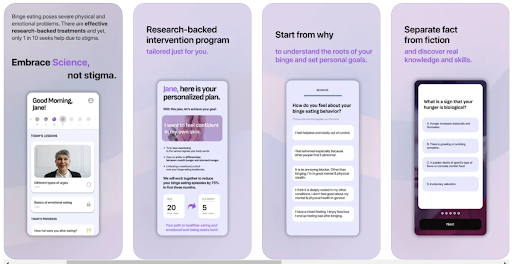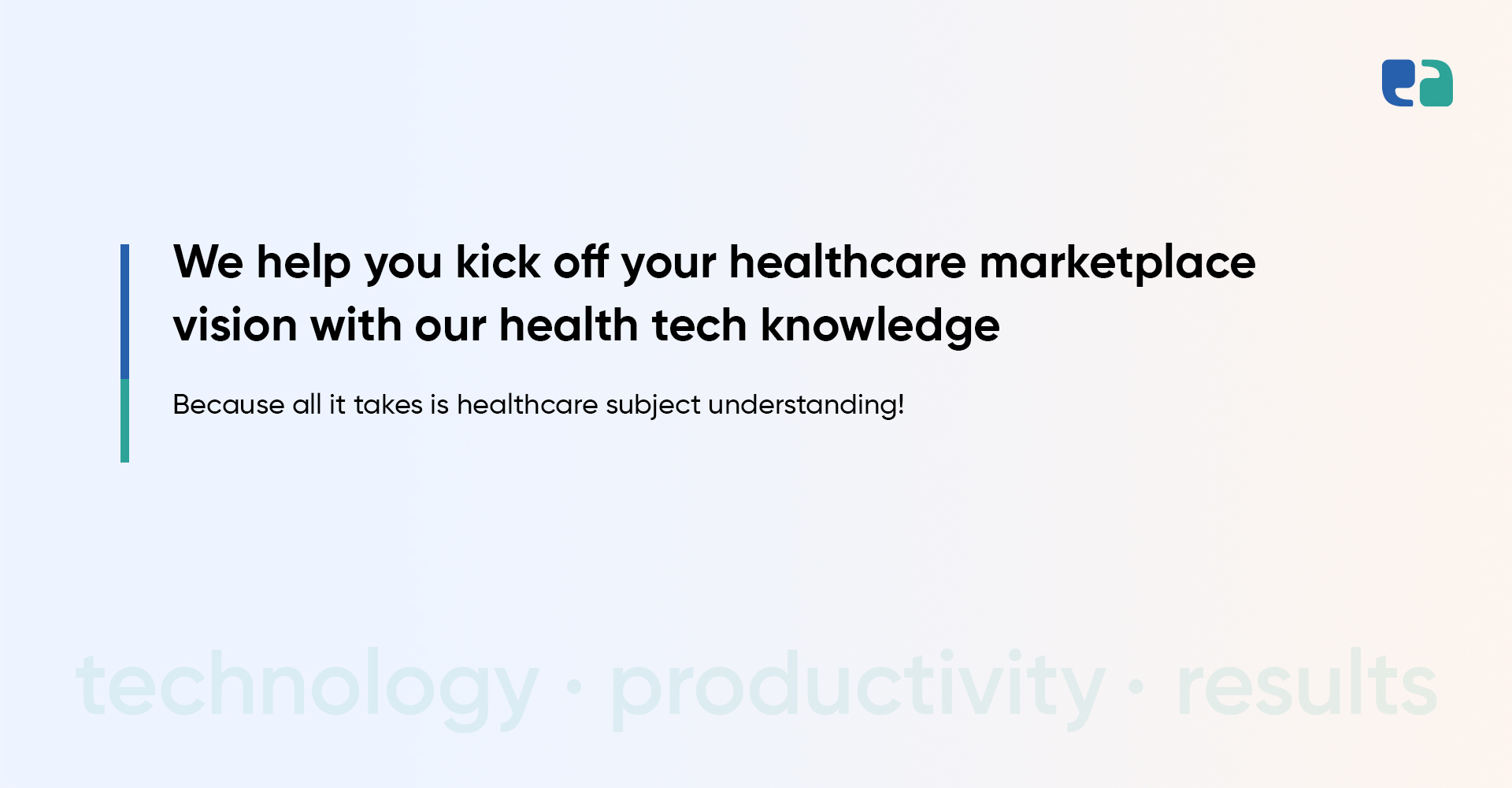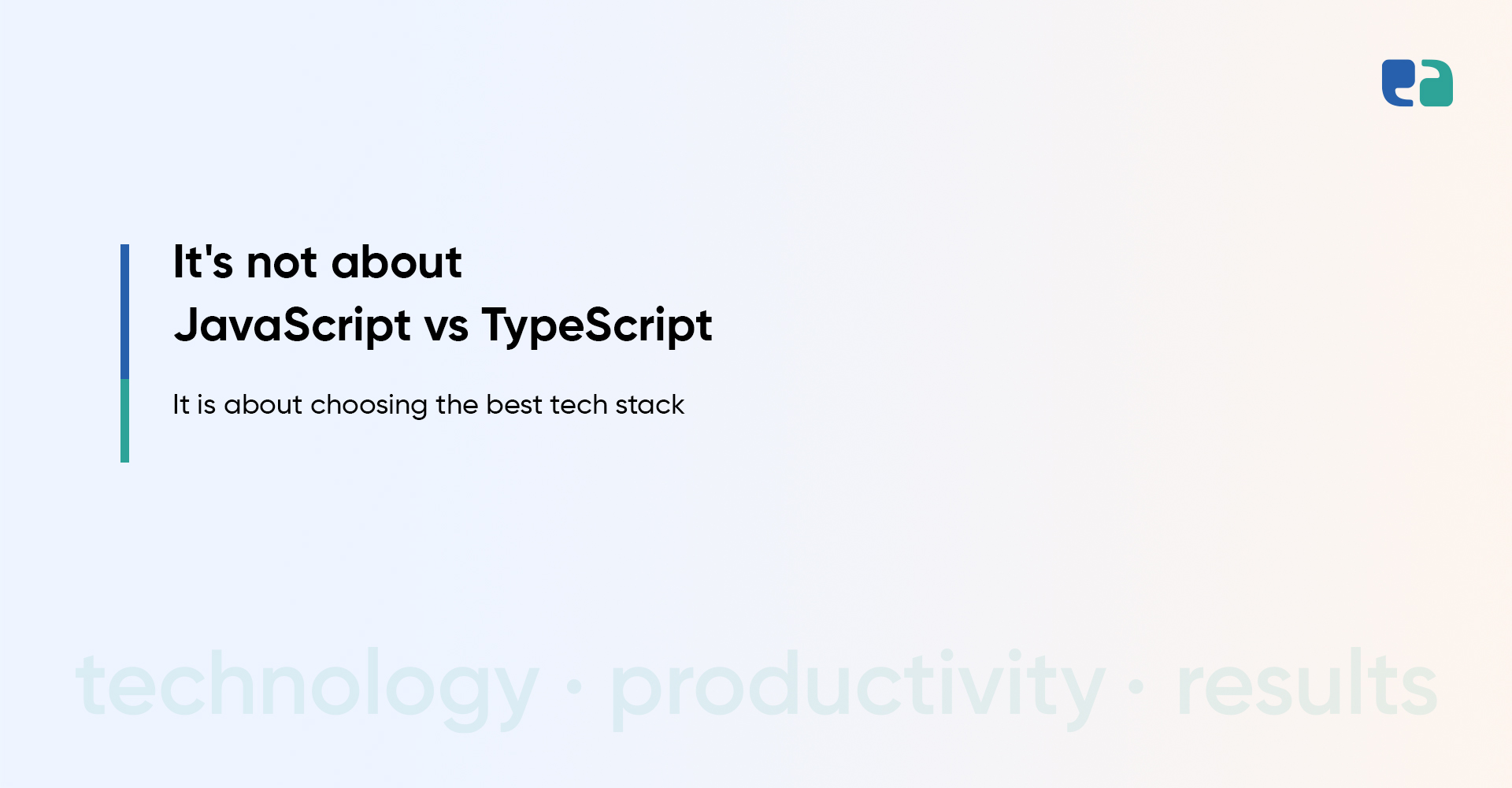Imagine this: You’re standing in front of your fridge at midnight, mindlessly reaching for food, trying to fill a void that just doesn’t seem to close.
You know that tomorrow you’ll feel guilty, ashamed, and desperate to start yet another diet.
You’re not alone—approximately 2.6% of Americans struggle with binge eating disorder (BED), making it the most common eating disorder in the U.S.
This silent battle affects millions, leaving them feeling trapped in a cycle of bingeing and remorse.
But what if there was a lifeline?
A binge eating disorder recovery app could provide the support, tools, and community needed to break this cycle.
Building such an app requires careful planning and a deep understanding of your users’ needs.
In this blog, we’ll explore how to create an impactful recovery app that not only offers personalized support but also fosters a sense of belonging for those on their journey to recovery.
The Growing Binge-Eating Disorder Treatment Market
The binge-eating disorder treatment market is expected to grow by $568.7 million from 2023 to 2028.
That’s a growth rate of 6.78% each year.
This increase comes from more people being diagnosed with binge eating disorder (BED). It affects about 2.8% of people in the U.S.
New medications, like lisdexamfetamine dimesylate, have been approved to help treat BED.
But these drugs can have side effects, such as increased heart rate and blood pressure.
Because of this, many are looking for alternative treatments.
Options like cognitive-behavioral therapy (CBT) and mindfulness-based interventions are becoming more popular.
These approaches provide effective support without the risks tied to medications.
This change highlights the need for new digital solutions in treating BED, making way for helpful apps.
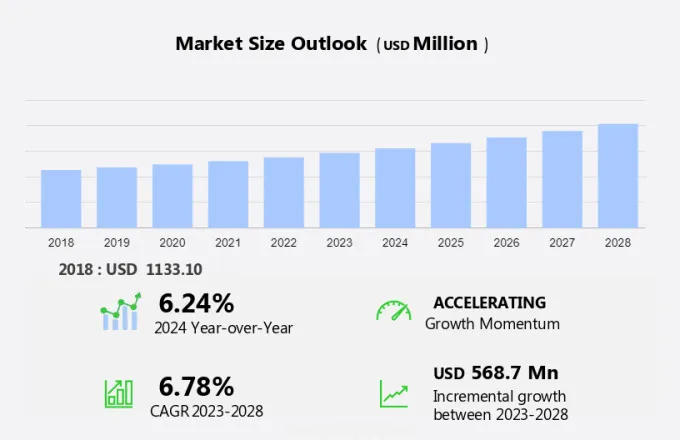
Top 5 Apps for Binge Eating Disorder Recovery (Learn from leaders)
When building a binge-eating disorder treatment app, it’s helpful to know what other solutions are available for managing binge eating disorder (BED). Here’s a quick overview of some popular apps:
5 Essential Features for Building a Binge Eating Disorder Recovery App
Creating a binge eating disorder recovery app involves including key features to meet users’ needs.
Here are some must-have elements:
It is important to note that building a successful BED app requires a collaborative effort involving mental health professionals, app developers, and UI/UX designers.
Tech Stack for a Binge Eating Disorder Recovery App Development
1. Front-end
- Frameworks: React Native (cross-platform), Flutter, Swift (iOS), Kotlin (Android)
- UI Libraries: Material-UI, Styled Components, React Native Paper
2. Back-end
- Server: Node.js, Django, or Ruby on Rails
- Database: PostgreSQL, MongoDB, or Firebase
- API: RESTful API or GraphQL
3. Cloud & Hosting
- AWS, Google Cloud, or Microsoft Azure for hosting, storage, and scalability
4. Real-time Chat
- WebSockets, Firebase Realtime Database, or Twilio
5. Analytics
- Google Analytics, Firebase Analytics, or Mixpanel
6. Security
- HTTPS, JWT (JSON Web Tokens), and encryption for sensitive data
7 Steps for Developing a Binge Eating Disorder Recovery App
Building a successful binge eating disorder (BED) recovery app involves several essential steps. Here’s a quick guide to help you get started:
1. Conduct Thorough Market Research
Analyze existing BED apps to find gaps in the market. Understand your target audience and their specific needs.
2. Assemble a Team of Experts
Collaborate with mental health professionals, such as psychologists and registered dietitians. Include skilled app developers and UI/UX designers. You can find all these experts under one roof by contacting a healthcare-specific IT company.
3. Choose the Right Technology Stack
Explore different app development platforms and frameworks. Focus on scalability, security, and user experience.
4. Design an Intuitive and User-Friendly Interface
Keep the design simple and easy to navigate. Make sure it’s accessible for users with varying tech skills.
5. Develop Engaging and Evidence-Based Content
Create educational materials based on effective therapies like CBT and DBT. Use interactive exercises and real-life examples to enhance learning.
6. Implement Robust Progress Tracking and Analytics
Allow users to track food intake, moods, triggers, and more. Provide personalized feedback based on their data.
7. Ensure Privacy and Security
Use strict data encryption to protect user information. Comply with healthcare privacy regulations, such as HIPAA in the U.S.
Why User Experience (UX) Matters
User Experience (UX) is super important for your binge eating disorder recovery app. It can make a big difference in how users feel and how well they use the app.
Here’s why good UX matters:
- Easy Navigation: Make sure it’s simple to move around the app. Users should find what they need quickly. This helps them feel less overwhelmed.
- Personal Touch: Let users customize their experience. They should be able to set goals and track their progress. Personalization makes them feel more connected.
- Look Good: A nice design can lift spirits! Use calming colors and clear fonts. Good visuals can help users feel better.
- Accessibility: Make the app easy for everyone to use, including people with disabilities. Features like voice commands and adjustable text sizes are great.
- Ask for Feedback: Let users share their thoughts easily. This shows you care about their opinions and want to improve.
- Build Community: Create spaces for users to connect and support each other. This can make their recovery journey feel less lonely.
- Add Fun Elements: Consider adding rewards for users when they reach goals. This makes using the app feel more like a game and keeps them engaged.
Good UX can lead to happy users who stick with the app. By focusing on their experience, you can help them on their recovery journey.
Top 3 Mobile App Development Options for Your Eating Disorder Recovery App
Choosing how to develop your eating disorder recovery app is super important. Here are three great options for different needs and budgets:

